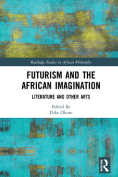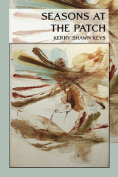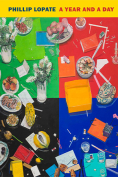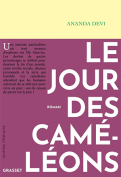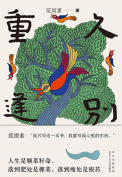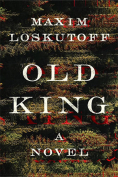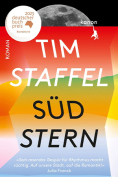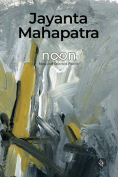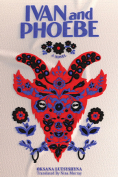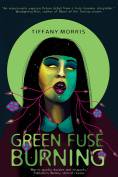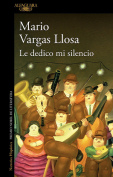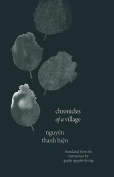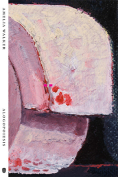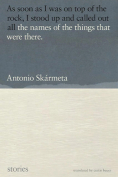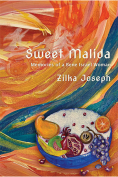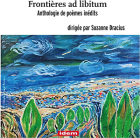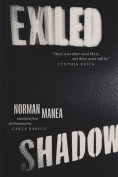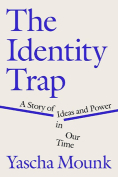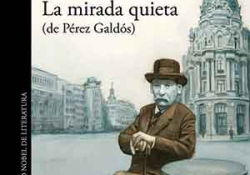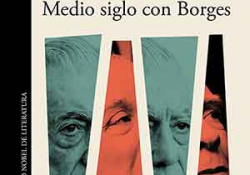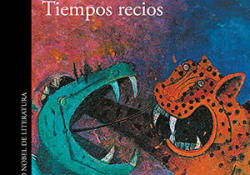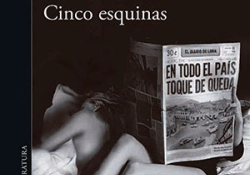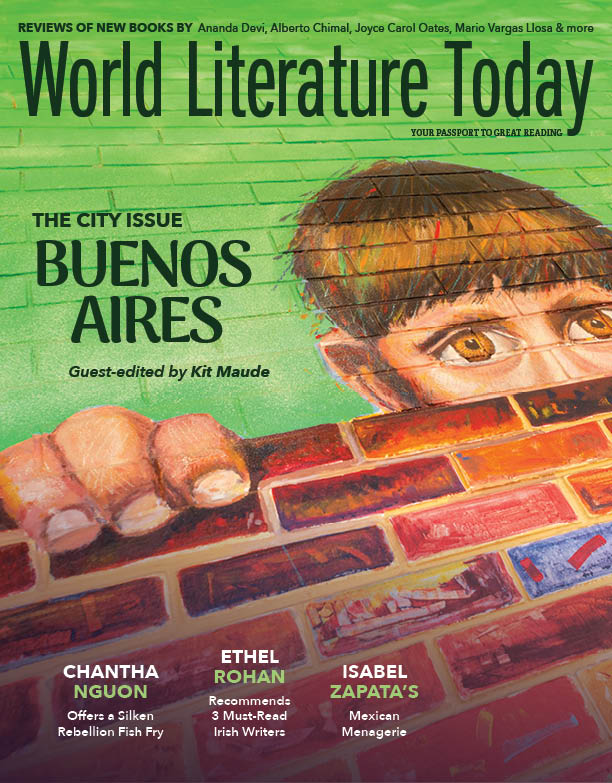Le dedico mi silencio by Mario Vargas Llosa
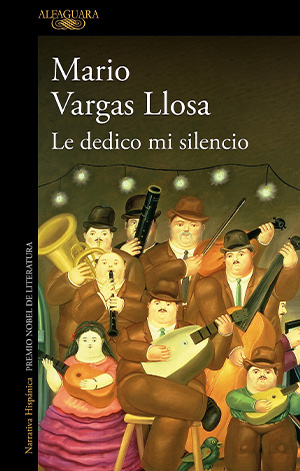 Madrid. Alfaguara. 2023. 312 pages.
Madrid. Alfaguara. 2023. 312 pages.
In Le dedico mi silencio, Mario Vargas Llosa returns to his native Peru to tell the story of Toño Azpilcueta, a schoolteacher, journalist, and second-rate intellectual who leads a mediocre life in Lima. Since his youth, Toño has been a fervent aficionado of música criolla, or Peruvian creole music, as well as a staunch defender of Peruvian identity, particularly against foreign influences. One day, by chance, he happens to attend a performance by musician Lalo Molfino, a little-known guitar virtuoso and master of Peruvian waltzes or valsecitos criollos. The time Toño spends listening to Molfino becomes a life-changing experience. He soon embarks on an ambitious project to write the definitive biography of Molfino, only to come across the musician’s humble beginnings in northern Peru, his troubled love life, and his discovery of guitar music.
As Azpilcueta pursues his attempt to unfold the secrets of Molfino’s life story, it soon becomes apparent that the biography is doomed. In fact, his book slowly turns into the story of a fanatical writer who believes that creole music is the key to resolving Peru’s racial and social barriers and uniting a historically divided, fragmented nation. As the narrative progresses, Azpilcueta’s idealism and obsession eventually drive him mad, a state from which he cannot return. Nevertheless, his obsessive determination to uncover the mysteries of Molfino’s life feeds a narrative that blends fact and fiction and focuses on questions concerning Peruvian national identity. One example in this regard is Azpilcueta’s reflections on the concept of huachafería, a term that is difficult to translate into English but that in Peruvian Spanish expresses a sense of affectedness, self-importance, or simple, pretentious snobbery. Indeed, huachafería is a key component in understanding the sentimental, melodramatic lyrics often found in Peruvian creole music. And precisely when Azpilcueta hits the depths of his madness, he claims that huachafería is, in fact, Peru’s “most important contribution to world culture.”
Le dedico mi silencio is a captivating novel about social identity and utopia, two recurring themes in Vargas Llosa’s fiction. Azpilcueta’s extravagant search for answers about national identity through the life of a musician proves that art alone is never enough to (re)define the social fabric of a complex, multicultural nation such as Peru. In the final analysis, Azpilcueta becomes a tragic antihero who, as is typical in Vargas Llosa’s fiction, is consumed by his own dreams and demons.
Vargas Llosa has announced that Le dedico mi silencio will be his last novel. After sixty years of dedication to his craft, his contributions to contemporary Latin American and world literature will be missed. However, he leaves behind a long list of masterpieces that will continue to delight his readers. Le dedico mi silencio will surely be added to the list, because, as this novel proves, at eighty-seven, Vargas Llosa remains a master storyteller who is still at the top of his game.
César Ferreira
University of Wisconsin–Milwaukee
